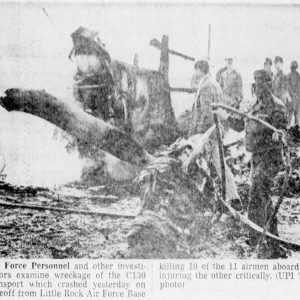 C-130 Crash
C-130 Crash
Entry Type: Event - Starting with C
 C-130 Crash
C-130 Crash
C-130 Crash of 1970
C-130 Crash of 1971
C. D. Wright Women Writers Conference
 Cabot Bank
Cabot Bank
 Cabot Tornado Damage
Cabot Tornado Damage
Cabotfest
Cache Bayou, Skirmish at
Cache River Bridge, Skirmish at
Caddo Mill, Skirmish at
 Zallie C. Cadle Lynching Article
Zallie C. Cadle Lynching Article
Cadle, Zallie C. (Lynching of)
Caldwell, Charles (Execution of)
Caldwell, Will, and John Thomas (Lynching of)
aka: John Thomas and Will Caldwell (Lynching of)
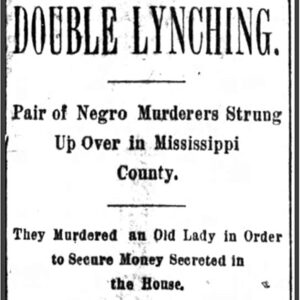 Caldwell and Thomas Lynching Article
Caldwell and Thomas Lynching Article
California Gold Rush, Effect of the
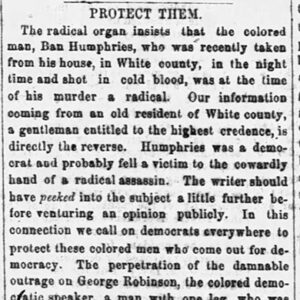 Call for Protection
Call for Protection
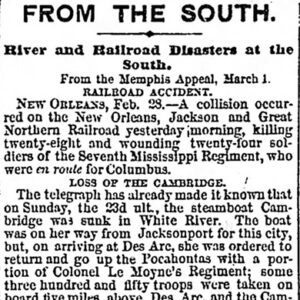 Cambridge Steamboat Article
Cambridge Steamboat Article
Camden Daffodil Festival
Camden Expedition
Camden, Skirmish at (April 15, 1864)
 Camp Jesse Turner Parade
Camp Jesse Turner Parade
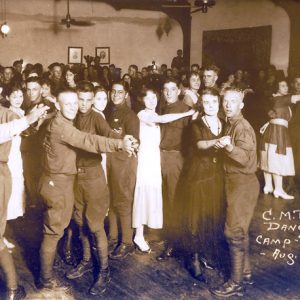 Camp Pike Dance
Camp Pike Dance
 Camp Nelson Restoration
Camp Nelson Restoration
 Camp Nelson Rededication
Camp Nelson Rededication
Cane Hill Murders of 1839
Cane Hill, Engagement at
aka: Engagement at Canehill
aka: Engagement at Boston Mountains
Cane Hill, Skirmish at (November 25, 1862)
Cane Hill, Skirmish at (November 6, 1864)
Canfield Race War of 1896
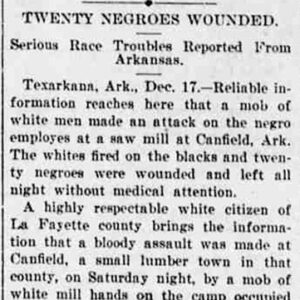 Canfield Race War Article
Canfield Race War Article
Cape Girardeau, Missouri, to the Eleven Point River, Expedition from
Capus, Henry (Lynching of)
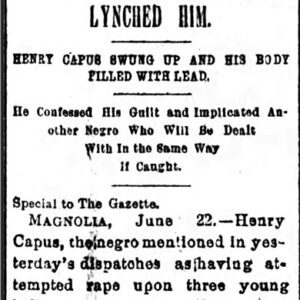 Henry Capus Lynching Article
Henry Capus Lynching Article
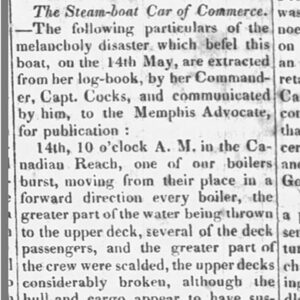 Car of Commerce Steamboat Article
Car of Commerce Steamboat Article
 Caroline Steamboat Article
Caroline Steamboat Article
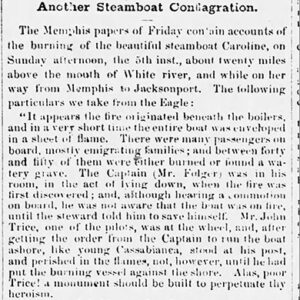 Caroline Steamboat Article
Caroline Steamboat Article
 Carroll County Lynching Article
Carroll County Lynching Article
Carroll County Lynching of 1878
Carroll, George (Execution of)
Carroll, Marion, and Searcy Counties, Scout to
aka: Skirmish at Richland Creek (December 25, 1863)
aka: Skirmish at Stroud's Store
aka: Skirmish at Buffalo River
Carrollton, Skirmish at (August 15, 1864)
Carter, Allen (Lynching of)
Carter, John (Lynching of)
aka: Lonnie Dixon (Execution of)
 Carter Lynching Headlines
Carter Lynching Headlines
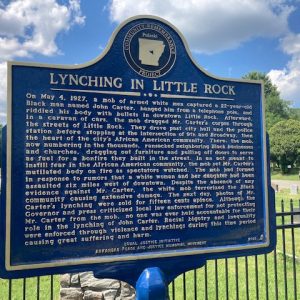 John Carter Memorial
John Carter Memorial
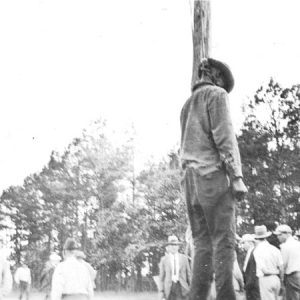 John Carter Lynching
John Carter Lynching




